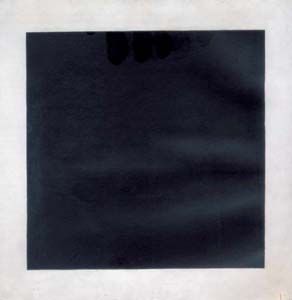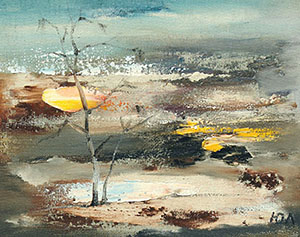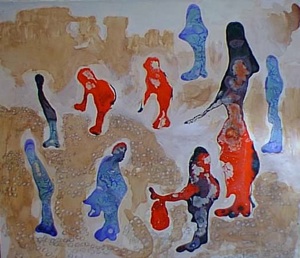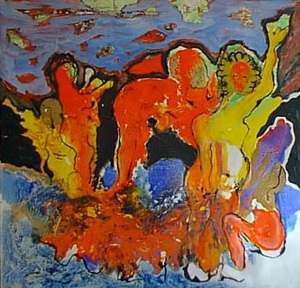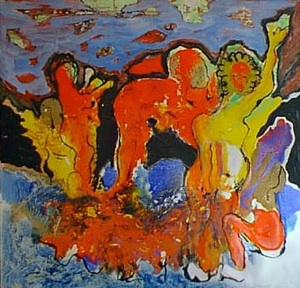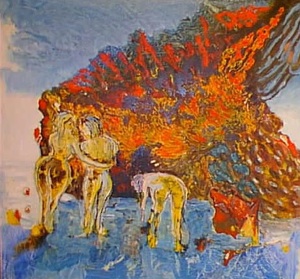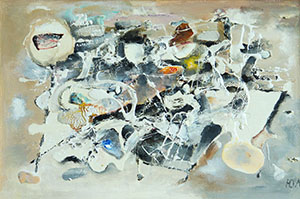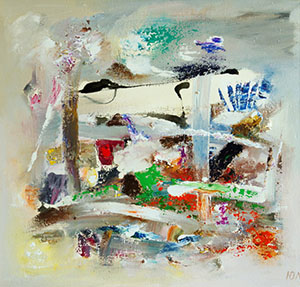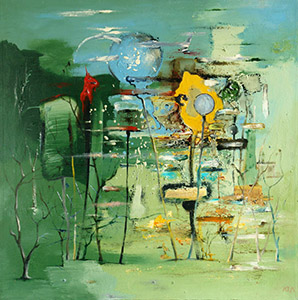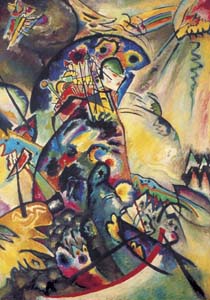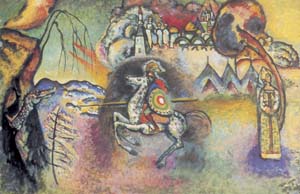RUSSIAN ABSTRACT ART AND PAINTERS – BUY ABSTRACT PAINTINGS ONLINE AT ARTRUSSIA GALLERY
"An abstract composition is that ultimate, molecular level at which art remains art – the next stage is decay", – these words like nothing better characterize abstract art. The day Wassily Kandinsky finished his first composition is considered to be the birthday of the style. The primary aim of its followers is to find harmony within the interplay of colours and geometrical figures, setting them in a way which will give birth to certain associations in the head of the viewer. The images can be quite minimalistic, and this is the thing – painters try to create a story without using well-recognizable figures, letting the viewer’s imagination play. Paintings can be abstract to different extent and lots of abstract artist created their own approach within the framework of the movement: we can take cubists and fauvists to highlight how different abstract pictures can be. The first ones alter the forms of reality, while the second ones establish a subjective perception and, thus, representation of colour. Some artists believe that "abstract art is the most accessible and noble mode of depicting one’s existence within a form resembling facsimile" and that "abstract art enables a straightforward and free realization of artistic intention." Of course not everybody will agree with the statements and appreciate such type of art, but probably no one will deny the fact that they look amazing in modern interiors.
ABSTRACT PAINTINGS

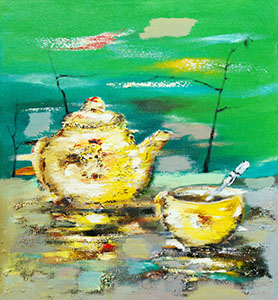
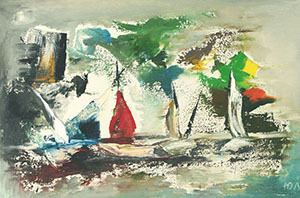
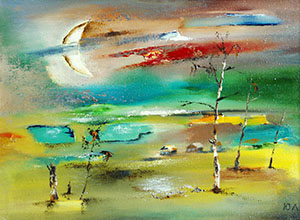

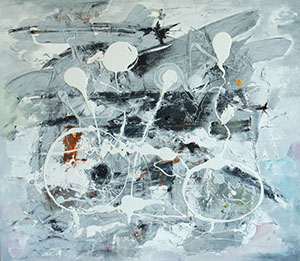
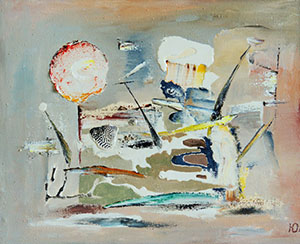
MASTERPIECES OF ABSTRACT ART
